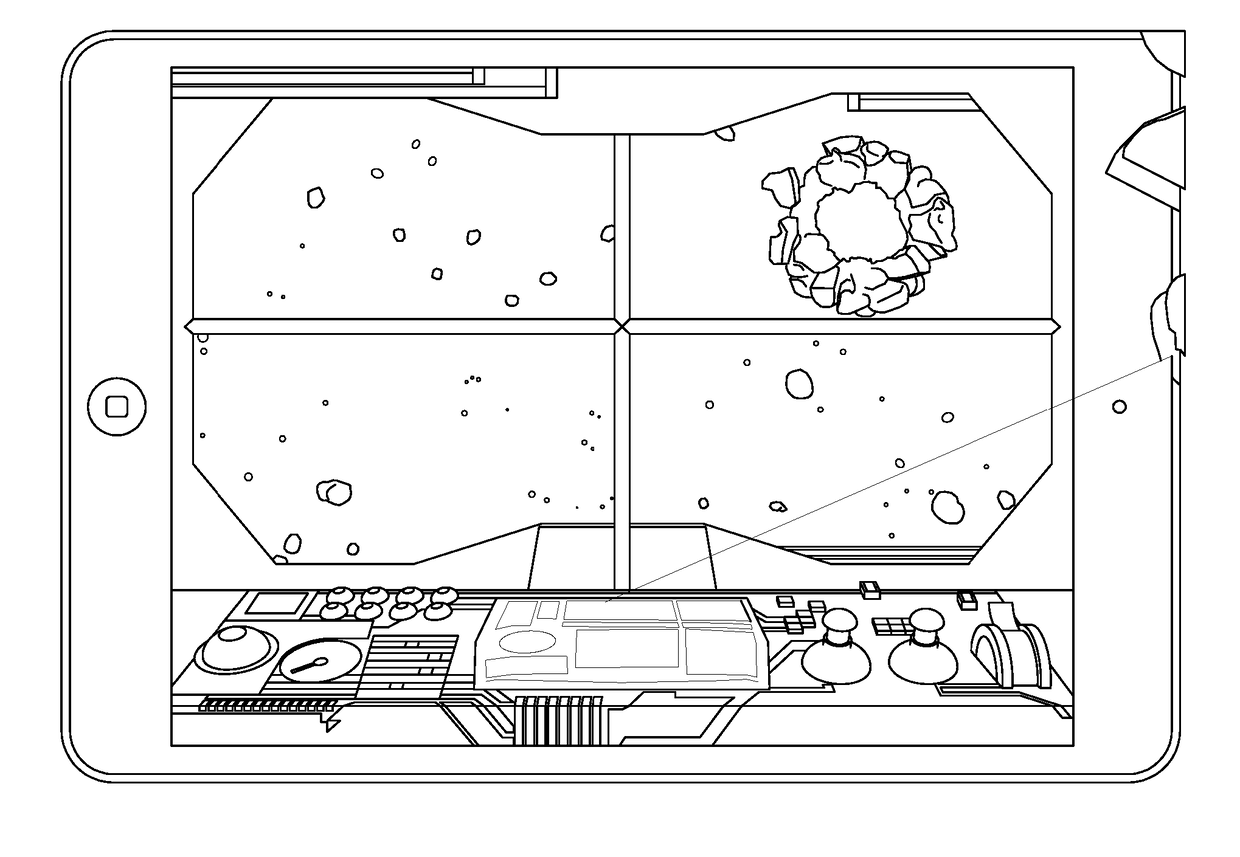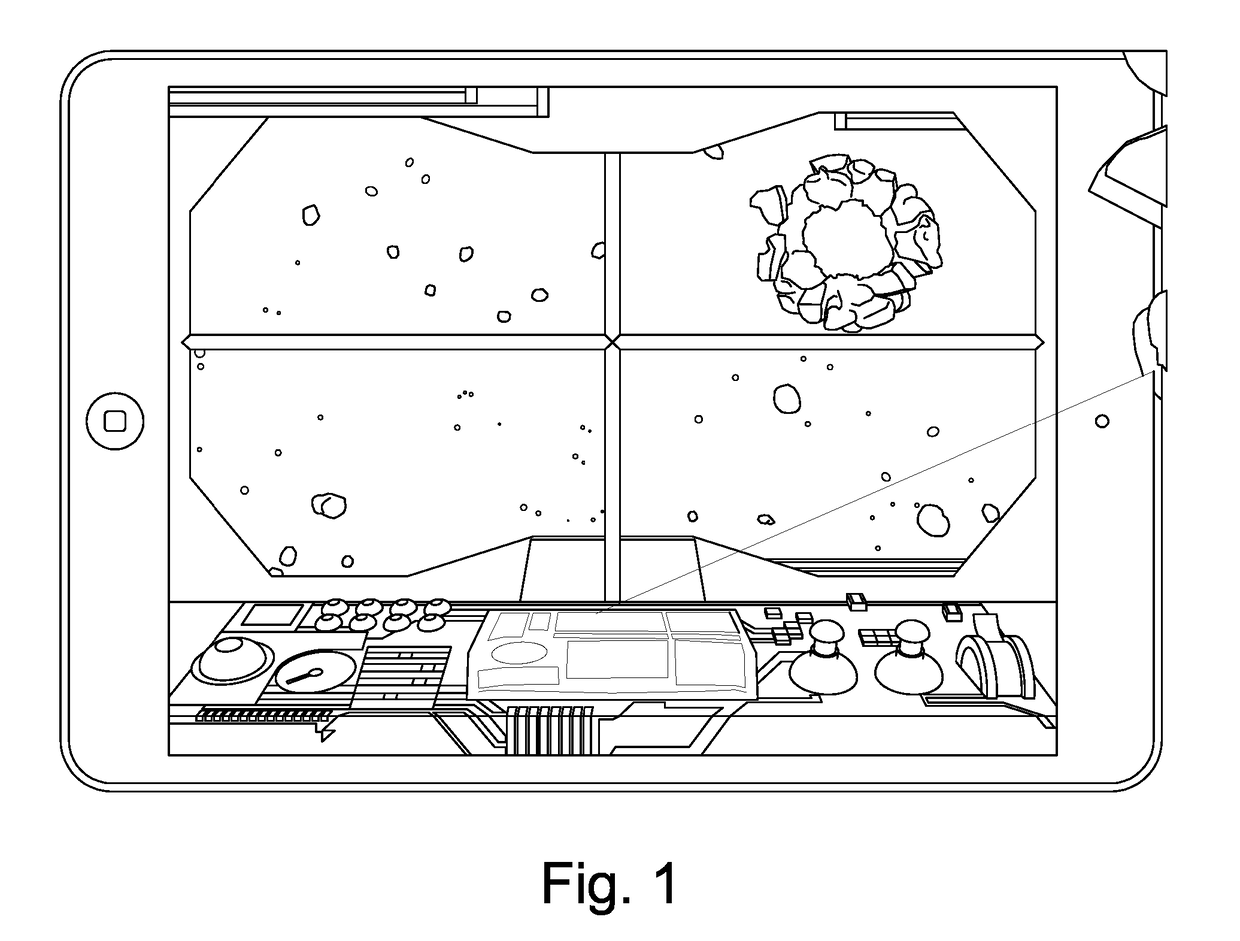Methods and Systems for Testing Aspects of Vision
a technology of vision and testing methods, applied in the field of measuring and testing aspects of vision and visual function in individuals, can solve the problems of inability to measure vision accurately, inability to accurately predict the effect of vision,
- Summary
- Abstract
- Description
- Claims
- Application Information
AI Technical Summary
Benefits of technology
Problems solved by technology
Method used
Image
Examples
Embodiment Construction
[0101]Various aspects and embodiments of the invention provide an automated measurement of a patient's vision. Not only is the measurement produced by the invention more accurate than the results provided by prior art arrangements, but the invention enables self-administration without the need for expert intervention. The invention provides a platform which measures multiple aspects of vision based on a distraction method. Some embodiments track or detect eye and / or head movement to validate the optotype seen by the patient (ie user). Advantageously, the different facets of vision can be measured in one sitting.
[0102]The aspects of visual function which can be measured by the invention may include visual acuity, colour vision, contrast sensitivity, central visual field and / or stereopsis.
[0103]Measurements of the visual aspects are captured by the detection and / or recording of a positive, absent or negative response to a presented stimulus (optotype). The stimuli are pre-determined t...
PUM
 Login to View More
Login to View More Abstract
Description
Claims
Application Information
 Login to View More
Login to View More - R&D
- Intellectual Property
- Life Sciences
- Materials
- Tech Scout
- Unparalleled Data Quality
- Higher Quality Content
- 60% Fewer Hallucinations
Browse by: Latest US Patents, China's latest patents, Technical Efficacy Thesaurus, Application Domain, Technology Topic, Popular Technical Reports.
© 2025 PatSnap. All rights reserved.Legal|Privacy policy|Modern Slavery Act Transparency Statement|Sitemap|About US| Contact US: help@patsnap.com



